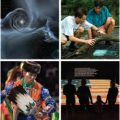Going the extra mile every day: 2019 Unsung Heroes of the Smithsonian
Being an Unsung Hero isn’t about an individual act, but rather an overall attitude and set of achievements that reflects the best aspects of the Smithsonian and its employees. Meet this year’s Unsung Heroes of the Smithsonian.
Certain phrases occur again and again in the nominations for the Smithsonian Unsung Hero Awards: “the glue that holds our department together,” “goes above and beyond,” “always willing to help out.” But reading more closely reveals the characteristics behind those phrases that are shared by each and every one of the 20 men and women chosen as 2019’s Unsung Heroes and honored at a ceremony with friends and family May 15.
They are generous—with their time and their expertise. They are always willing to answer questions, share their knowledge and help their colleagues.
They are professional—pleasant, approachable and respectful of others’ contributions to the success of everyone.
They are dedicated—not only to the Smithsonian’s mission but also to the honor of responsibility and a job well done.
Finally, each of our Unsung Heroes would tell you that “they are just doing their job.” And they’re probably all a little embarrassed to be singled out.
Daniel Baker
Administrative Officer
Office of Communications and External Affairs/Castle
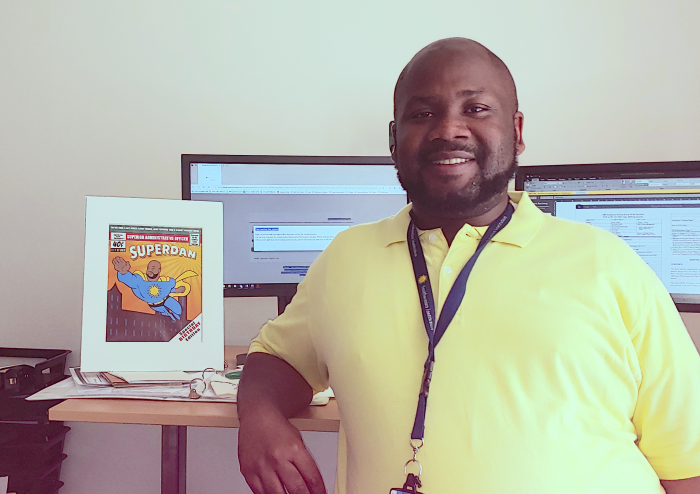
Daniel Baker
Dan manages the administrative needs of a fast-paced, multi-faceted office that includes external and internal communications, government relations, special events and visitor services. On any given day, he remains cool and levelheaded when bombarded by last-minute, urgent requests (aren’t all last-minute requests urgent?). Dan is a creative problem-solver who wears many different hats, smoothly exchanging one for another while quietly and efficiently handling the department’s varied and complicated needs. His unfailing good-temper and patience have never wavered, whether he is organizing a complex office relocation, onboarding several new employees, dealing with a government shutdown or facilitating mold remediation and, especially, when he is doing all that at the same time.
Marquinta Bell
Administrative officer
Center for Folklife and Cultural Heritage/Capital Gallery
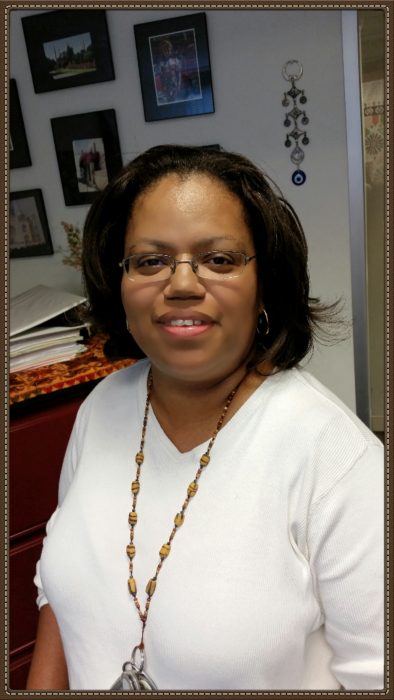
Marquinta Bell
Marquinta Bell is the backbone of the Smithsonian Center for Folklife and Cultural Heritage. From international initiatives to the annual Folklife Festival, every single CFCH project depends on Marquinta’s institutional knowledge, planning and expertise. As the administrative officer, Marquinta not only ensures that all budgets are balanced and employees are paid but also does whatever is needed to solve every difficulty. Staff will long remember the sight of Marquinta, working under deadline on a critical report, calmly moving vital files out of the way of a flooded bathroom and then taking on the mop-up herself. The report was completed on time, of course.
Corporal Evony Cobb
Control Room Operator
Office of Protection Services/Donald W. Reynolds Center
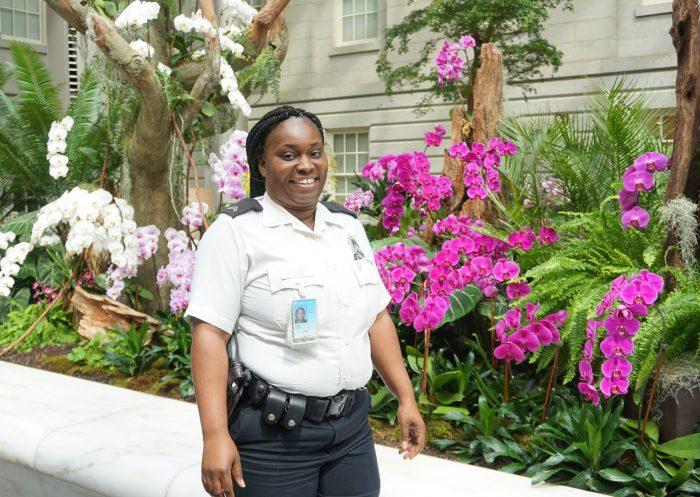
Cpl. Evony Cobb
Since beginning her assignment at the Reynolds Center in 2007, Cpl. Evony Cobb has provided invaluable service for her unit. She has trained all Unit Control Room Operators and developed a curriculum for training new personnel that goes beyond the formal training provided by the Office of Protection Services. Her expert knowledge of the surveillance cameras has helped her collect important evidence for partner agencies such as the Metropolitan Police Department and the FBI. Cpl. Cobb’s professionalism and willingness to take on every task cheerfully has earned her a very impressive rapport with, and the respect o,f her peers, her supervisors and Smithsonian staff.
Daniel Cole
Geographic Information Systems Coordinator/Chief Cartographer
National Museum of Natural History
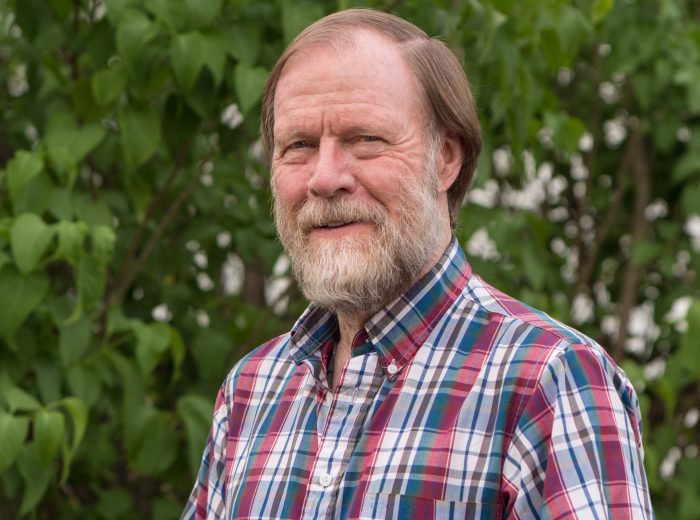
Daniel Cole
Although Dan has worked at Natural History for many years, his work is probably not well known to most, even though its impact can be seen across the Smithsonian. Dan’s first big project occurred almost accidentally: In the 1990s, he was asked to help out with the English translation of an atlas of Siberian material culture. A skilled cartographer, Dan also brought a deep knowledge of anthropology and archaeology to the project, which resulted in the first accurate English translation of the massive Russian text and its detailed maps. Since then, Dan has worked on many projects, including two years in the Altai Mountains, where he marched over the countryside from dawn to dusk, running transects and recording sites and monuments. Even-tempered, self-deprecating, passionately rigorous, and an expert in cartographic conventions, style and accuracy, Dan has produced exemplary work for decades.
Abbey Earich
Volunteer Recruitment & Retention Coordinator
Office of Visitor Services/Castle
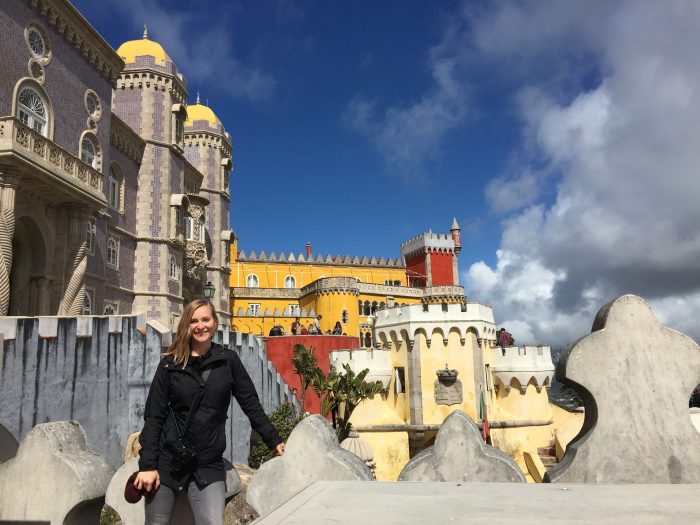
Abbey Earich
Because of Abbey’s hard work and dedication, more than 6,000 Smithsonian volunteers were migrated successfully into a new volunteer database system of the course of a long and complex transition. During the entire process, Abbey worked tirelessly to make sure the system met the requirements, balanced the competing needs of the many Smithsonian volunteer programs and was user-friendly for volunteers and staff. She spent countless hours training volunteer coordinators on the new system before it launched—just as Abbey left on maternity leave. When she returned she jumped right back in, checking that everyone was adapting and that the system was working smoothly. Without Abbey’s preparation, patience and hard work, there is no way more than 6,000 volunteers, many of whom are not comfortable with computers, could have negotiated the transition.
Anne Field
Locksmith
Office of Protection Services/National Zoological Park
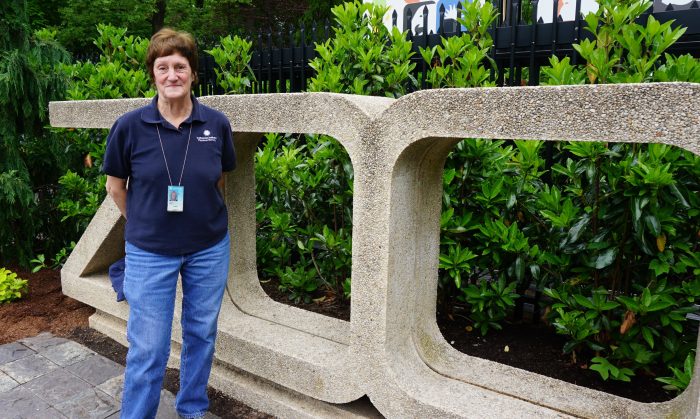
Anne Field
Anne’s job is critical, as one can imagine how a broken lock might have dramatic consequences at the National Zoo. Staff are always calling, radioing and emailing with urgent, emergency issues. No matter the time of day, Anne shows up with a smile and a great attitude, even if she’s coming to fix that thing you broke after she told you not to break that thing the last time she fixed it. Anne understands the ramifications of her work and is always careful to protect the safety and security of both staff and the animals in their care.
Tanya Garner
Project Manager
National Museum of American History/OBRES
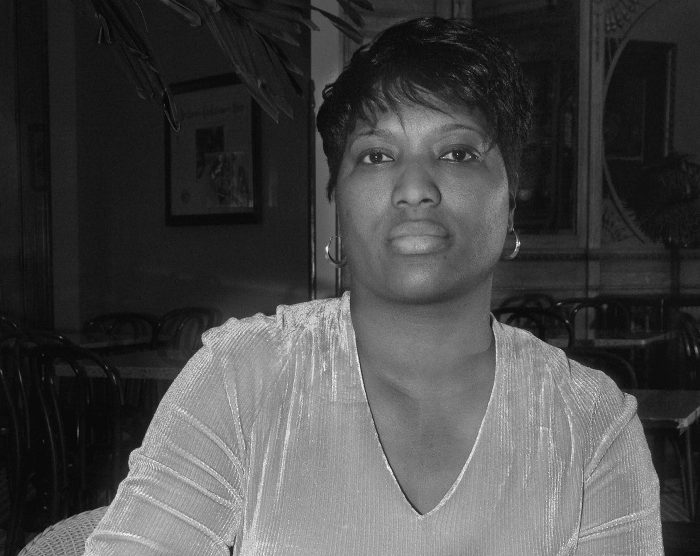
Tanya Garner
Project managers are rarely commended for their work because it’s so intangible, but they are the glue that holds projects together, the momentum that creates progress and the safety net when things don’t go as planned. Tanya accomplishes all this and more with the expertise she has honed over decades with the Smithsonian, She never accepts “we just don’t” or “we just can’t” as an excuse. Her meetings are always a productive pleasure instead of a useless chore, and she facilitates communication not only to prevent hiccups, but also to foster collegiality and good spirit. The Taubman Gallery at American History is a tribute to her effectiveness in rallying the time and talents of staff to create a treasured space that everyone involved felt proud to work on.
Jill Gonzalez
Lead Horticulturist
SI Gardens/Suitland Greenhouse
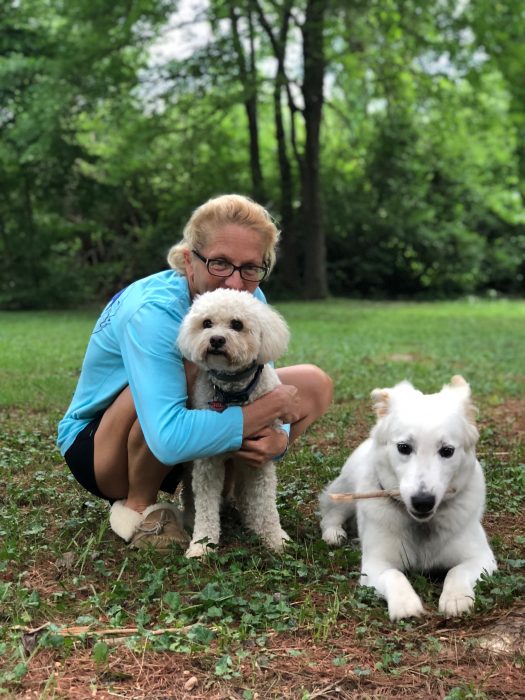
Jill Gonzalez
Have you ever wondered where all of the beautiful and unusual plants, hanging baskets and seasonal displays come from that adorn Smithsonian gardens and museums? Nearly all are grown at our greenhouses in Suitland, Maryland, under the watchful eyes of lead horticulturist Jill Gonzalez. Each year, almost a dozen different teams of horticulturists dream up their ideal planting designs, each trying to outdo the other with the rarest and most unusual selections to impress our visitors. It is Jill’s job to actually make those dreams a reality, by finding specific cultivars, calculating budgets, placing the orders, arranging shipments and then actually growing the plants to perfection in the sizes specified by the gardeners to be ready at the proper time. The beauty of Smithsonian Gardens would be greatly diminished if it were not for the diligence of Jill and horticulturist Joe Curley. Together, they oversee the procurement, production and delivery of over 60,000 spring and winter annuals each year, plus another 2,000 poinsettias that adorn the museums over the holidays.
Nafisa Isa
Program Manager
Asian Pacific American Center
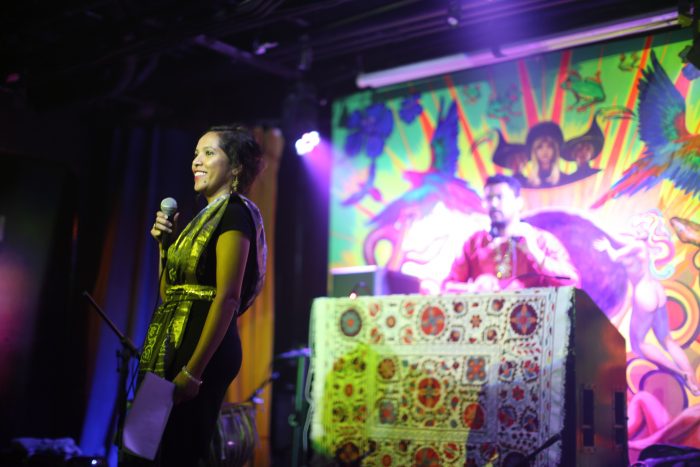
Nafisa Isa
Nafisa Isa has served as interim everything—program manager, administrative officer, unit liaison—as the Asian Pacific American Center has grown into an important Smithsonian voice. Since Nafisa joined APAC in 2016, she has been elemental to the unit’s evolution, especially in the success of the three Culture Lab weekend events, which each drew more than 10,000 visitors in three different U.S. cities (the largest APAC visitation to date). Nafisa constantly goes above and beyond her own duties, sometimes shouldering all of the duties that would typically be distributed to an entire administrative team. In addition to leading all administrative processes at APAC, Nafisa has been critical to shaping the unit’s community-centered practices, and is a constant advocate for APAC’s community reach to be inclusive of South Asian, Arab, LGBTQ and local D.C. communities.
Sergeant Anthony Little
Security Supervisor
Office of Protection Services/National Museum of American History
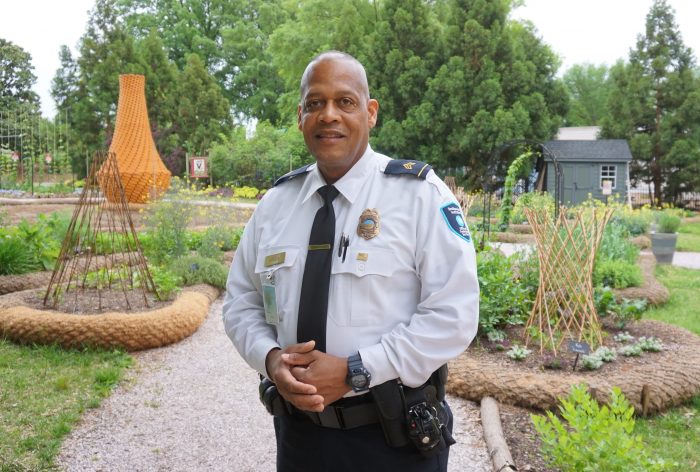
Sgt. Anthony Little
Sgt. Little not only completes his own assigned tasks quickly and completely on his regular shift, but also volunteers to assist fellow officers and staff when his shift is over. He has initiated procedures that help his subordinates carry out their duties more efficiently. An outstanding supervisor and leader who demonstrates integrity and exceptional work ethics, Sgt. Little is always the first to report for duty on the midnight shift. While there has never been a report of exhibits coming to life during the “Overnight at the Museum” shift, if they ever do, Sgt. Little will be able to handle it.
Sean Moran
IT Specialist
Smithsonian Astrophysical Observatory
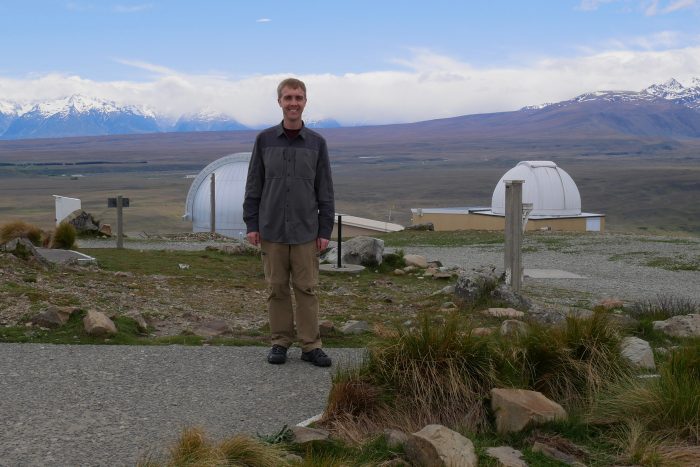
Sean Moran
Since he joined the Smithsonian Astrophysical Observatory’s Telescope Data Center in 2012, Sean has worked behind the scenes in Cambridge and on the front lines at the MMT Observatory in Arizona and at the Las Campanas Observatory (LCO) in Chile. In addition to making extensive and vital improvements to the data and systems management for our spectrographs and imaging instruments, he has creatively taken on new and unexpected challenges. To give just one example, when the decision was made to move MMIRS, an infrared spectrograph, from Chile to Arizona, the MMIRS observing software needed to work within the older environment for the spectrographs still in use at MMT—(like trying to play “Fortnight” on an Atari). Faced with aging hardware and no time or resources to rewrite code, Sean single-handedly devised and implemented a brilliant scheme that would allow both the newer and older observing software to run independently, with minimal changes, on up-to-date computer equipment. Sean masterminded the complex deployment of the new computers and software, integration with a new network, training MMT staff and making himself available 24/7 to help. Through his resourcefulness and imagination, and his undaunted willingness to embark on a completely new endeavor, Sean found a way to use modern virtual machine concepts to support development and observing for Smithsonian’s invaluable, one-of-a-kind astronomical instruments at the MMT.
Edmund Myers
Exhibits Specialist
National Portrait Gallery
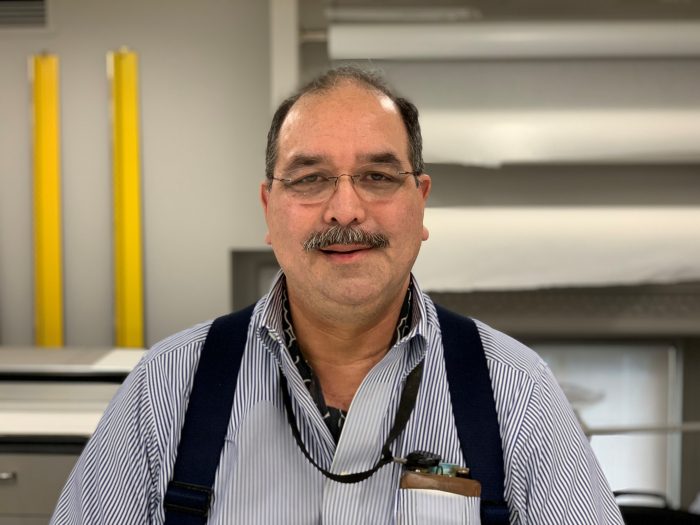
Edmund Myers
Ed has served the Smithsonian for over 30 years. A master framer at the National Portrait Gallery, Ed has handled thousands of art objects with the most meticulous care, creating customized mats for each. Mats provide protection for display and storage purposes and help present the works elegantly during exhibition. A customized mat is perhaps one of the most overlooked components of art handling. Most mats can take anywhere from two to eight hours to construct, depending on the complexity of the artwork and what it requires to be secure. Ed has come up with clever mounting solutions for everything from imperial-sized glass plate negatives, cased photographs and books, to unmounted albumen prints, belt buckles and 16-piece oversized polaroid portraits. Because matting is the last step before exhibition, Ed must often work under enormous deadline pressure, but he is always tireless and good-humored, no matter what is added to his workload at the last minute.
Lisa Palmer
Museum Specialist
National Museum of Natural History/Museum Support Center
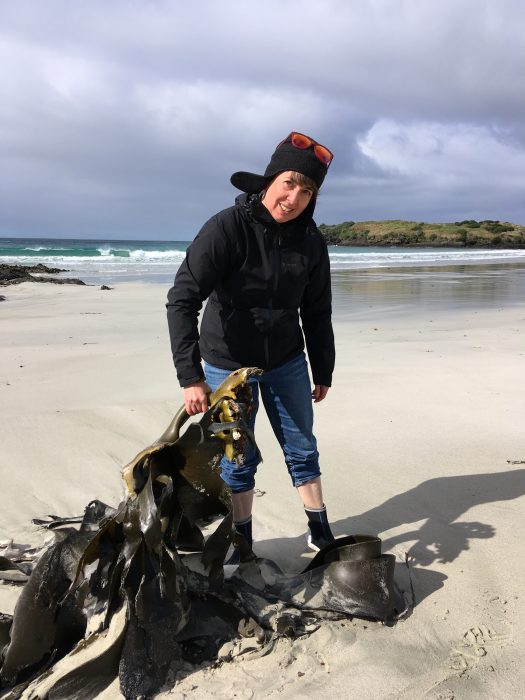
Lisa Palmer
Lisa is one of those people you can always count on. Her reliability, dedication, leadership and energy set her apart, but it is her willingness to offer advice or serve as a sounding board that makes her such a valuable colleague. Her program for training illustrators and creating better storage and documentation procedures for the Division of Fishes has been adopted by other divisions in Vertebrate Zoology. Lisa also sits on the steering committee providing best practices for both archives and collection management. On top of this, she has been training the next generation of museum professionals for more than 20 years, teaching a graduate-level collections management class at The George Washington University, and supervising over 150 interns and volunteers, many of whom have gone on to have careers at the Smithsonian.
Nathaniel Phillips
Graphic Designer
Smithsonian American Art Museum
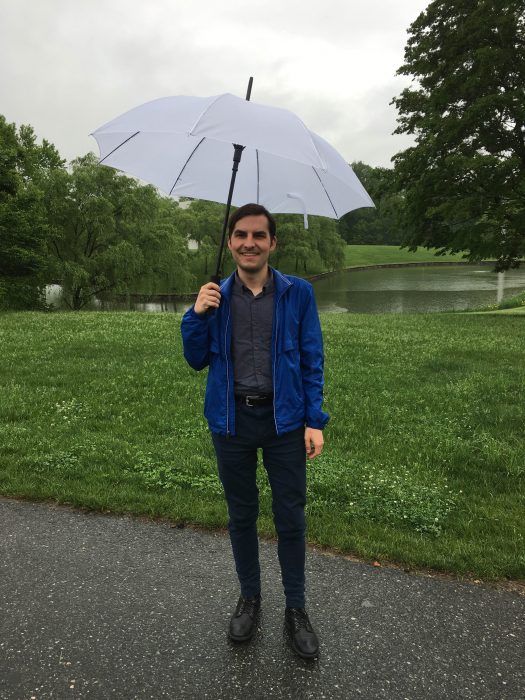
Nathaniel Phillips
As part of the exhibition team at SAAM, Nathaniel brings graphic design skills and a positive demeanor to every project, making him an enthusiastic partner with a team-oriented mindset. He listens with care and genuine consideration, no matter how small the project or how many revisions requested, to ensure the best outcome. His talent, subtle humor and willingness to help in any situation make him a genuinely impressive colleague. Not only does he impress with his creative design skills, his work ethic is second-to-none. Many times he has come to work on snow days when the museum is closed and on one memorable occasion, took an expensive Amtrak train from Baltimore when the commuter trains had stopped running because of weather. Nathaniel’s mission-first attitude makes the Smithsonian a better place.
Rhett Ransom
IT Specialist/Customer Support
Smithsonian Center for Learning and Digital Access
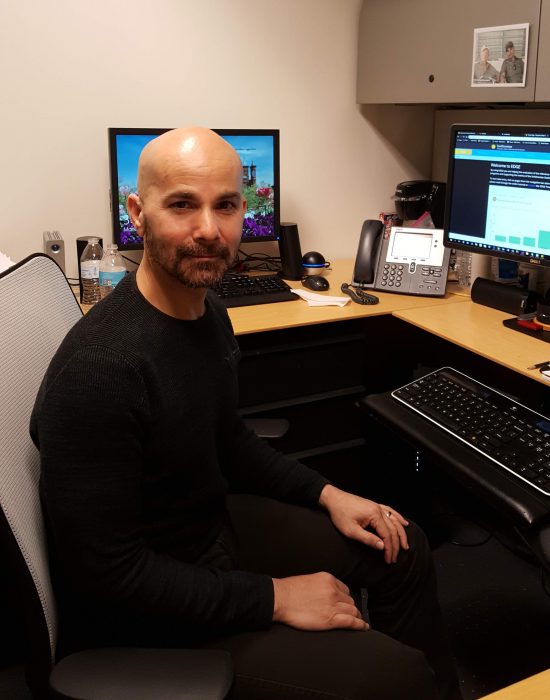
Rhett’s extensive experience in the IT field has proven to be an invaluable asset to SCLDA. He views his SCLDA colleagues as his customers and responds to any IT-related issue with enthusiasm, expert knowledge and superior customer support. He researches and stays abreast of the latest technology to ensure the staff with all new applications, software and hardware. As manager of the EDGE database, which tracks pan-Institutional initiatives, he visits other Smithsonian units on a regular basis to perform one-on-one training so all units can provide accurate updates to SCLDA, the Office of the Associate Provost for Education and Access and the Secretary’s Dashboard, maintained by SOAR. Rhett’s sincere passion for database management has earned him the highest regards among not only his peers, but also senior leadership of the Institution. In addition, Rhett is an expert as a management support specialist and volunteers to help with MOODLE training for the Protection of Minors Program.
Pat Robinson
Museum Specialist
National Air and Space Museum/Udvar-Hazy Center
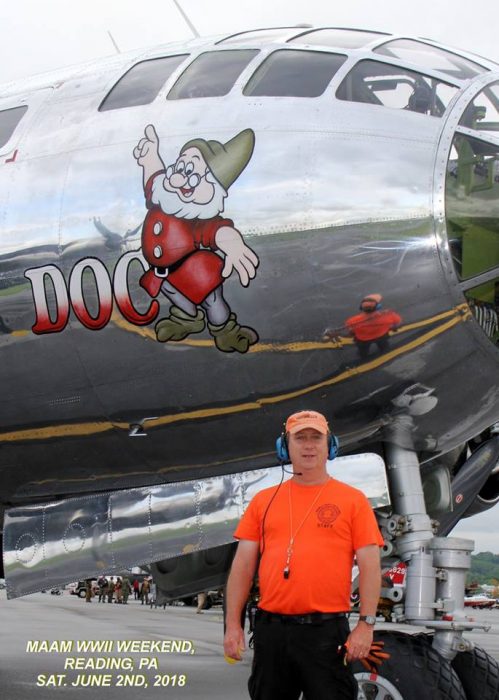
Pat Robinson
Aeronautics Technician Pat Robinson works in Restoration Department at the Udvar-Hazy Center where he is well known for his dedication, amazing customer service and excellent problem-solving skills. He can always be counted on to tackle a challenge. For example, in 2018, Pat supported the first-ever donor fly-in to UHC by arranging all the details with the Federal Aviation Administration, Transportation Security Agency, Dulles Airport and the Signature Fixed-base Operator to coordinate the arrivals and departures of dozens of private planes. He literally went the extra mile when he volunteered to tow an airplane from UHC to Dulles for a donor. Pat annually leads and trains a team of volunteers who support NASM’s “Innovations in Flight Family Day.” He has coordinated the safe arrival, marshalling, parking and departures of the more than 50 airplanes that fly in for this yearly educational event. Pat’s expert aircraft knowledge, his relationships with TSA and airports all over the country, and his professional demeanor ensure that every airplane owner can be confident about their visit to the museum.
Rebecca Sullesta
Program Assistant
Smithsonian American Art Museum/Renwick Gallery
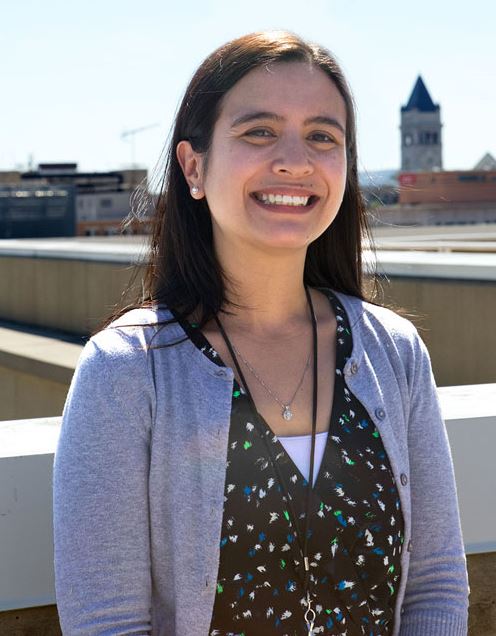
Rebecca Sullesta
Over the last year, Rebecca Sullesta has done far more than her title of program assistant suggests. During the overwhelmingly successful exhibition, No Spectators: The Art of Burning Man, she took on the responsibility of managing the gallery attendants, drafting performance plans, approving overtime and tracking salary expenses. Rebecca recruited all the temporary volunteers for the exhibition, ensuring they had proper training and identification and organized special informational sessions for the permanent information desk volunteers. She managed all the contracts for the commissioned artwork, managed the purchase orders for the installation services and served as the technical exhibition support person for the interactive art installation, as well as the onsite technical support for the Renwick lighting and AV systems. She managed this while performing her day-to-day duties, serving as the co-chair of the SAAM diversity task force and participating in the OHR Foundations of Professional Development program.
Karen Swanson
Contracting Officer Technical Representative
Office of Planning, Design and Construction/National Zoological Park
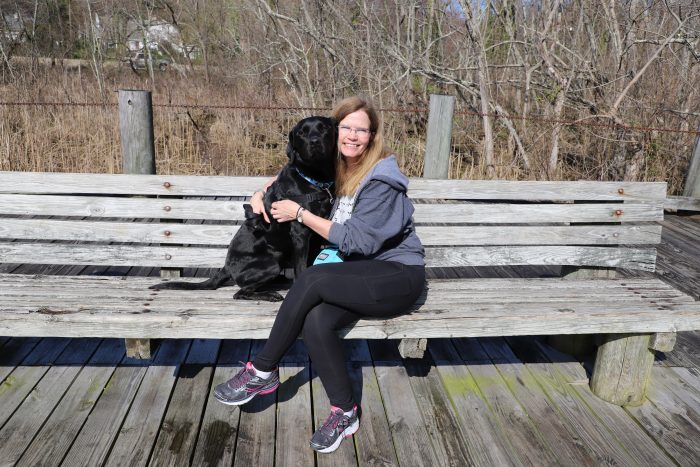
Karen Swanson
Karen has been involved as COTR in multiple projects at NZP, and is always prepared to go far beyond her assigned role to act as facilitator, designer and horticulturist, as well. She is usually the one to interpret the curator’s vision for such major projects as American Trail, Seals And Sea Lions, and the smoke evacuation systems for Great Apes. For example, Karen made sure the faux-rock installations at Seals/Sea Lions were of museum-quality geological accuracy. Smaller projects, such as the Coral Lab, get the same attention to detail. Karen’s personal qualities are a significant complement to her professional skills. She is quick to juggle her calendar to fit the needs of the team and her impressively encyclopedic knowledge of the Zoo’s 163 acres is widely shared with all who ask. Karen has never been known to back away from even the most challenging situations, but is quick to assume responsibility, does not let administrative tasks slide and always delivers as promised.
Officer Yama Terrell
Office of Protection Services
Donald W. Reynolds Center Security Office
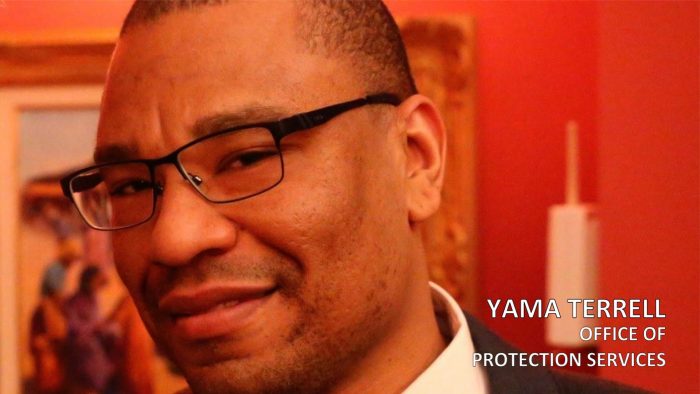
Officer Terrell hit the ground running when he joined the Smithsonian in 2016. His extraordinary initiative has made him the “go to” officer when projects arise. During his time at the Reynolds Center, he dedicated on- and off-duty hours to the development of emergency operations plans, assisted his fellow officers with obtaining critical benefits, and single-handedly shaped an office organization project. Officer Terrell continues to assist his fellow officers at the Reynolds Center and other units with accessing and registering for transit and ride-share benefits. This assistance became critical when Metro changed its hours for extended-maintenance projects; without ride-share benefits, security coverage of special events would be severely affected, as OPS officers would have no means to commute when events run past Metro’s closing time. Officer Terrell prepared and shared a “how to” PowerPoint and provided classroom and one-on-one training sessions to ensure maximum participation in the benefits program. When Smithsonian museums were closed earlier this year because of the lapse of federal funding, Officer Terrell took advantage of the downtime on his regular shifts as a Museum Protection Officer to scan two years of unit records, contributing greatly to a broader office organization and modernization project.
Posted: 16 May 2019
- Categories:
